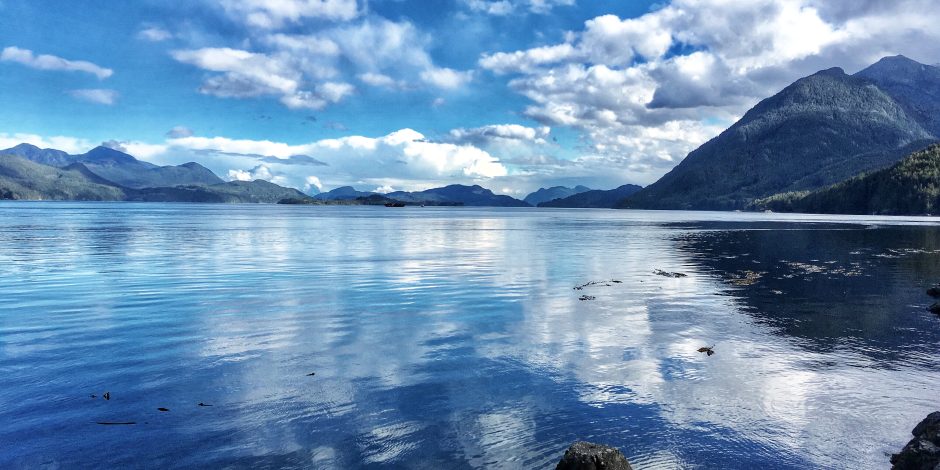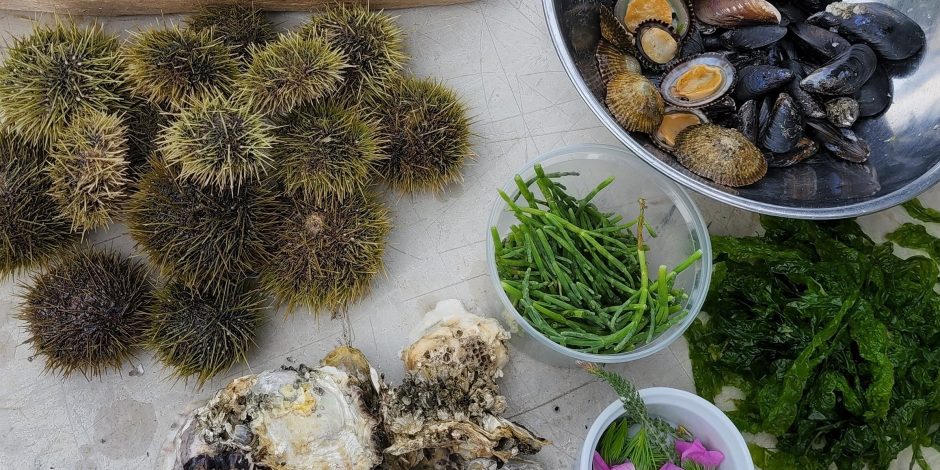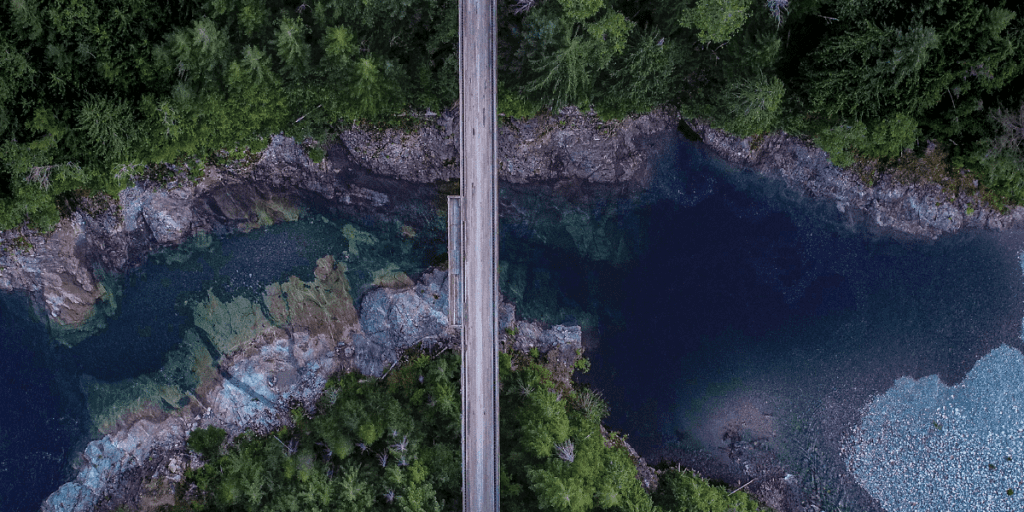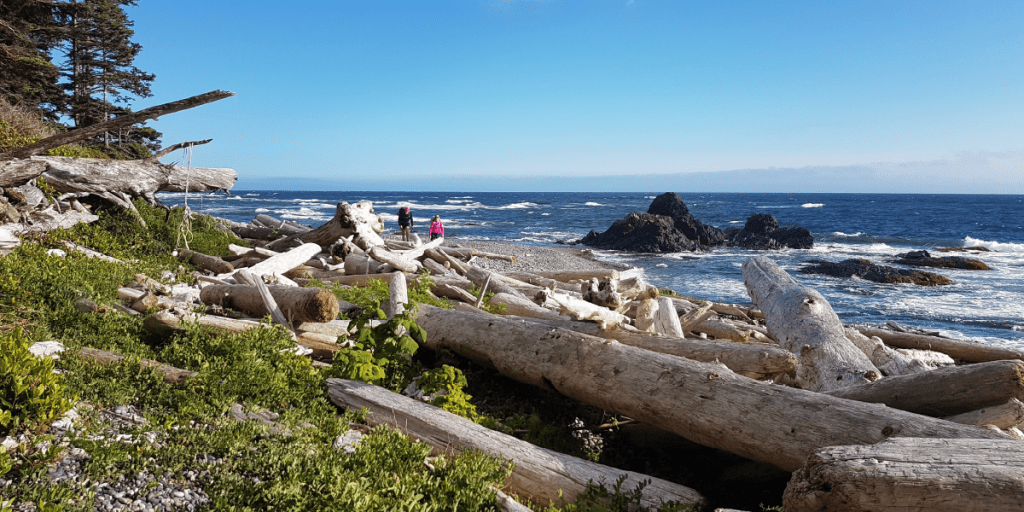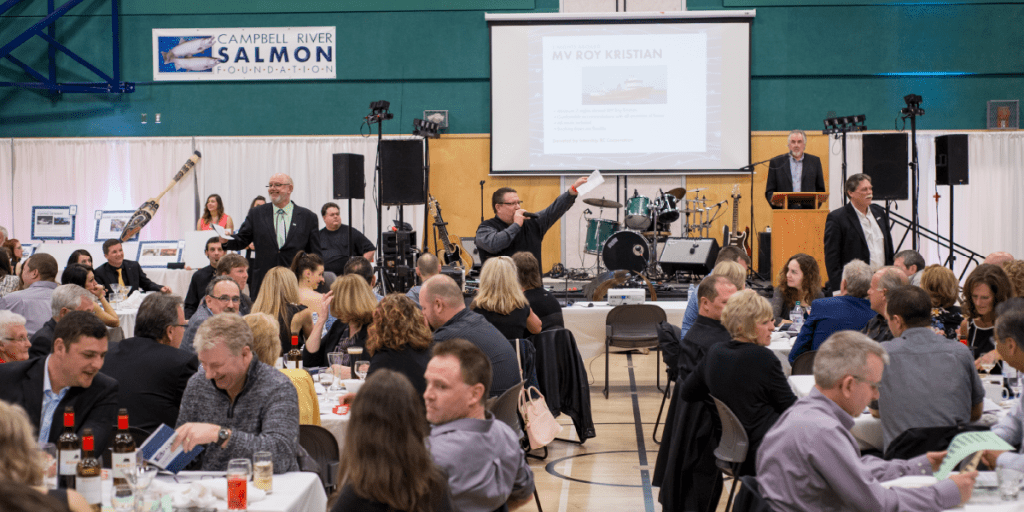Here follows the abridged story of the evolution of the Sayward Valley from as near the beginning as we dare imagine.
Sometime between 145.5 and 65.5 million years ago—in the middle of the Cretaceous period—the Insular Mountains, a range that covers 133,879 km2 along the coast of British Columbia (including Haida Gwaii and Vancouver Island), came into creation when a string of active volcanic islands smashed into the North American continent. Two of the mountain ranges forged into existence by that volatile collision are the Newcastle Mountain Range and the Prince of Wales Mountain Range. These are the stoic guardians to the north and south of the Sayward River, its village, and its valley.
We can only imagine the soul-shaking sound of the collision that resulted in this creation. And even that imagined sound, which surely does not approximate the reality, stands as a mammoth contradiction to the silence of this place noted throughout historical accounts. Frances Duncan, in her seminal story of the area, Sayward (For Kelsey Bay), says, “This was a silent land: the cry of an eagle or trumpeting of an elk rarely broke the stillness enveloping jumbled mountains and forested valleys.”
This otherworldly silence of this revered land endures.
Explore the trails to Mount H’Kusam, the fourth highest peak on Vancouver Island
You experience it anytime you venture onto one of the Sayward Valley’s many trails, one of which climbs to an elevation of 1,732 metres. At that point you find yourself standing on the peak of Mount H’Kusam, the fourth highest peak on Vancouver Island. There you can absorb the breathtaking view in every direction, and you can listen. Yet, the only sound that comes is that of your heart. If you are fortunate, you’ll catch the sound of the slow, purposeful swish of an eagle’s wings. The magic of that top-of-the-world moment is amplified because you find yourself looking down at the clouds—a phenomenon that occurs thanks to a unique microclimate caused by the converging geography of the ranges, the valley, and the river.
Mount H’Kusam rises from sea level at the southern edge of Kelsey Bay, the estuary at the mouth of the Salmon River. On the southern bank, you will discover the disintegrating remnants of the H’Kusam Village. Earliest written documentation was in 1792 by European explorers who made note of a large village site on the bank of the Salmon River. The abundance and variety of fish and ample wildlife, such as elk, throughout the valley made the banks of the river the ideal location to establish a village. Through millennia, the river has acted as a natural territorial border between the Kwakwaka’wakw and Coast Salish language groups.
The history of Sayward
There was a steady stream of traders into the Sayward region through the 1800s, but, as the fur trade began to fade, the first loggers arrived in the area in 1889. One hundred and thirty-three years later, forestry remains a staple industry for the region. The village, known as the townsite, was originally built to house workers of MacMillan Bloedel in the mid-twentieth century. However, the last census showed that retirees are now the largest percentage of village residents. Surely they have been drawn by the sublime peace of a mystical place far from the deafening racket of the world.
Whether it is your first sojourn or your 101st, strolling beside the pond at sunrise, walking along the river and estuary at sunset, or hiking one of many winding forest trails, astonishment slowly surfaces from the unbridled joy brought on by all the quiet. A sense of relaxation seeps through your body as every silent step is amplified by picturesque surroundings—a perfect blend of sea and cedar. The shock that you are here never ceases.
How H’Kusam came to be known as Sayward
Throughout known history, the river and the village were referred to as H’Kusam. In the Indigenous Kwakwaka’wakw language, H’Kusam means “having fat or oil.” We can assume the name acknowledges the abundant wildlife and seemingly limitless fish and whales. However, in 1911, as often happened in the early years of settlement, the provincial leadership took it upon itself to name various locations with no regard for the Indigenous names already in use. This magical region’s river, village, and valley were named Sayward, for entrepreneur William Parsons Sayward.
Sayward was born in Thomaston, Maine. At the age of 11, he lost his father, a ship’s captain, to the sea. Young William, a gifted carpenter with an adventurous spirit, explored down the eastern seaboard to Florida and back to Boston, then headed to California for the Gold Rush. By the time he landed in Victoria in 1858 at the age of 40, he’d built a business empire on the foundation of his industrial skills.
In 1861, he expanded his lumber operation north with the purchase of the newly built lumber mill at the mouth of Shawnigan Creek. Thirty-five years later, William retired from his empire and resettled in California. By all accounts he was one of the most successful men of that era. At the age of 86, his life was filled with wonderful excursions. Yet he never had the privilege of walking the land that carries his name. He never experienced its peace. He never witnessed its silence. But you can.

